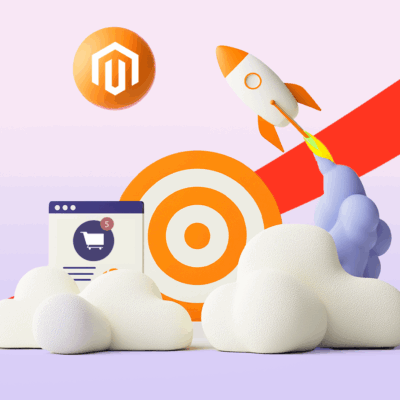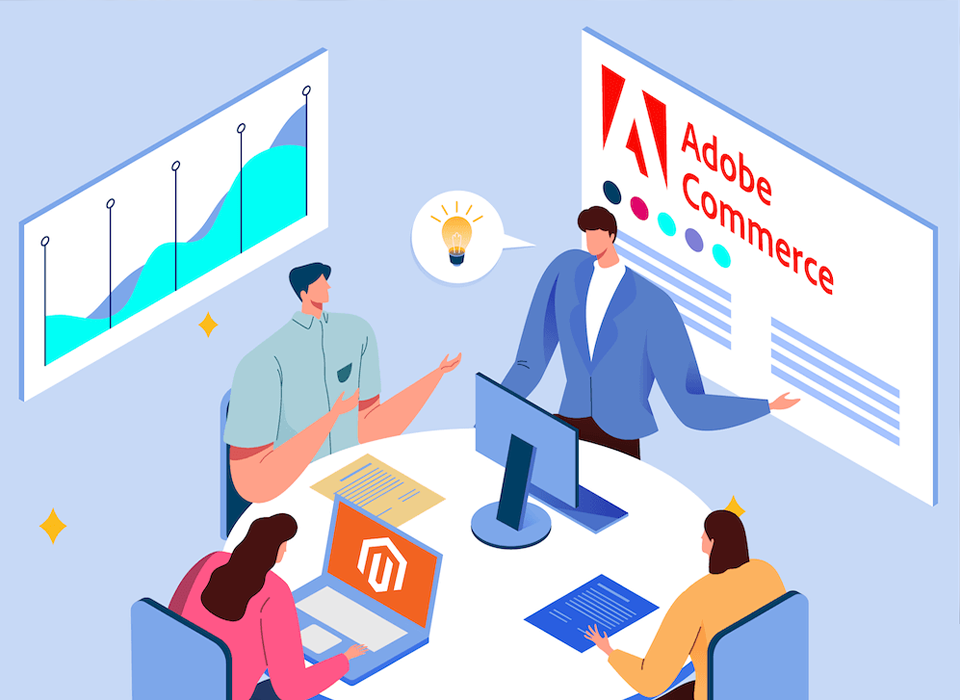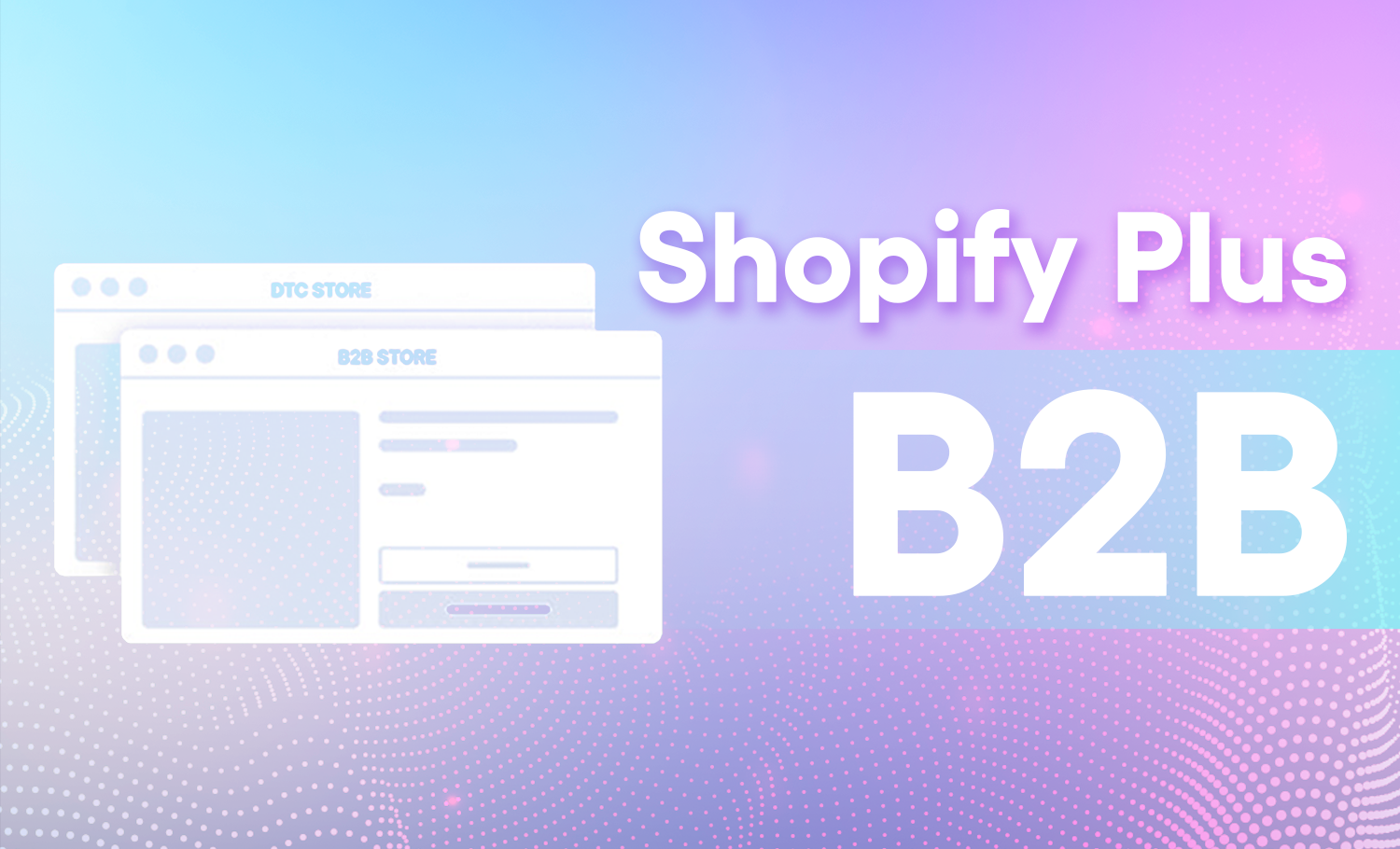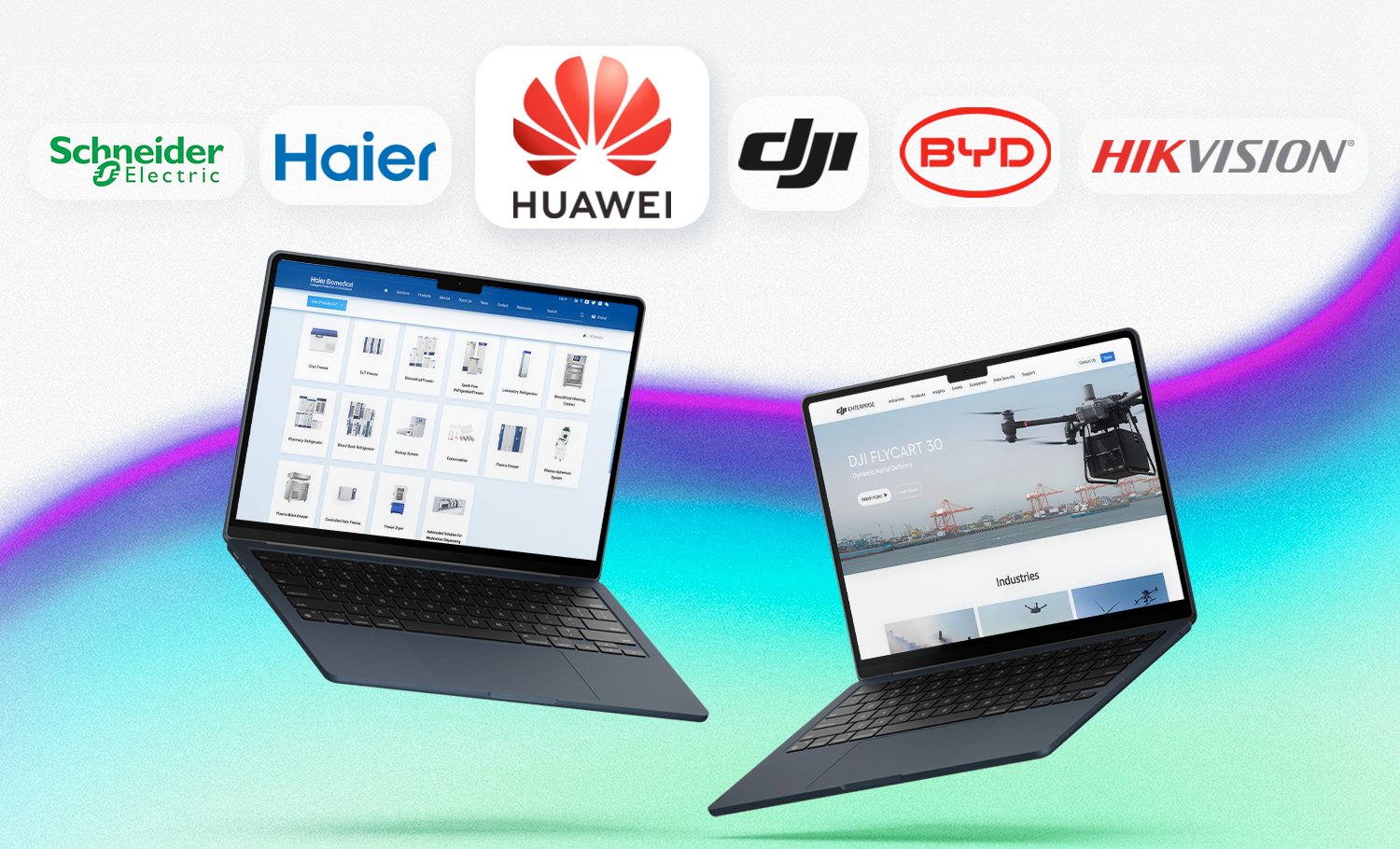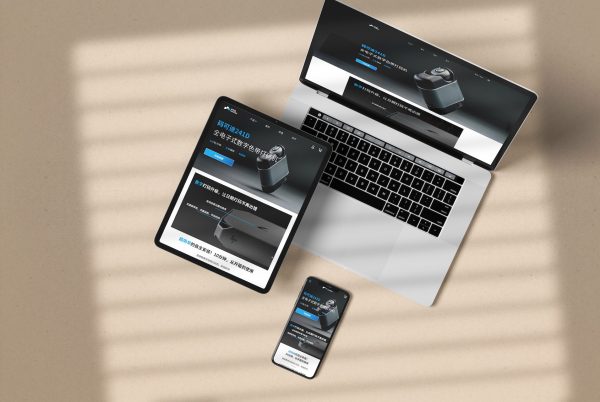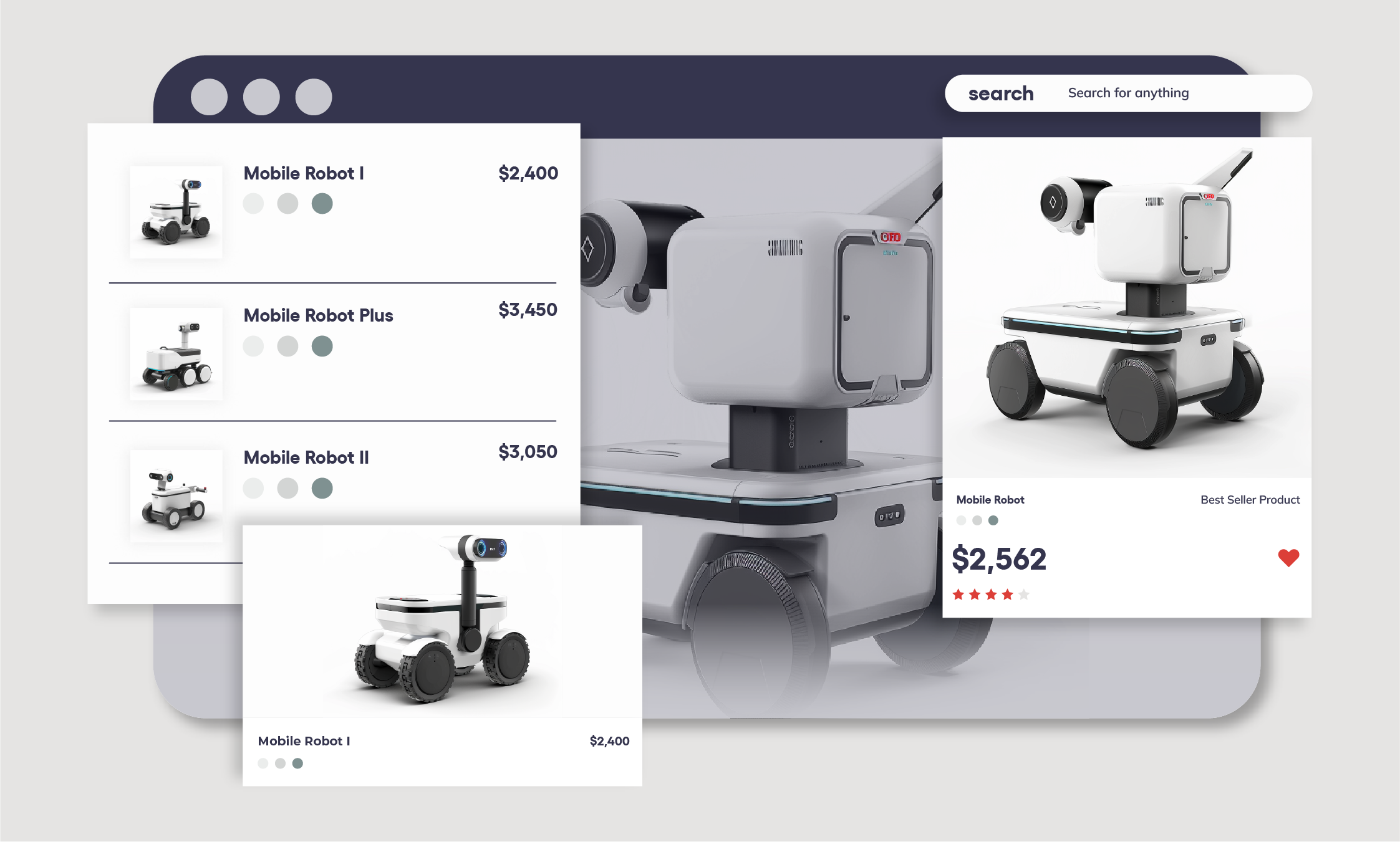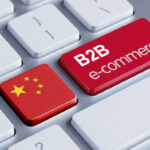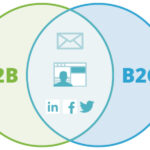Pricing is one of the most critical components of a successful B2B eCommerce strategy. Studies show that 57% of B2B buyers prioritize price over other factors when choosing a supplier, making it a decisive factor in securing sales. An effective pricing strategy not only drives profitability but also strengthens customer loyalty by aligning pricing with their expectations and needs. Unlike B2C, where prices are often straightforward, B2B pricing requires a nuanced approach to accommodate varying customer needs, complex negotiations, and high order volumes.
TMO offers B2B eCommerce Solutions for brands expanding internationally with custom development for platforms like Shopify Plus and Magento (Adobe Commerce).
This guide explores various B2B pricing strategies, their pros and cons, and how Magento and Shopify Plus can help businesses implement them effectively.
1. Challenges and Components of B2B eCommerce Pricing
B2B pricing differs significantly from B2C due to the following challenges:
- Multi-Tiered Pricing Systems: Prices vary based on customer relationships, purchase volumes, and other factors. These systems require flexibility and precision to execute effectively.
- Transparency Concerns: Businesses worry that displaying prices online may lead to undercutting by competitors or alienation of long-term customers accustomed to negotiated rates.
- Dependence on Sales Representatives: Traditional B2B relies heavily on human interactions for pricing and discounts, which can be challenging to replicate digitally.
- Complex Costs: Logistics, financing, and product-specific factors add layers of complexity to pricing.
A complex pricing system is a common feature of digitally-advanced organizations in their growth phases and beyond. Read more about Assessing Digital Maturity: 3 Stages for B2B eCommerce GrowthWe look at the various degrees of Digital Maturity and features that B2B organizations should consider in their journey to eCommerce success.how to assess your digital maturity in B2B.
A digital platform that can accommodate these complexities while maintaining flexibility and transparency is essential for success, as such features streamline pricing complexities and ensure adaptability to diverse customer needs but ensure things such as special quotations are handled within a built-in framework.
Core B2B Pricing Components
Before diving into specific strategies, it’s crucial to understand the key components of B2B pricing:
- Base Price: The foundational cost of a product, adjusted for supply chain factors and inventory levels.
- Customer Tier Pricing: Custom pricing based on the relationship with the customer, their purchase history, or loyalty.
- Logistics and Financial Costs: Adjustments based on shipping requirements, payment terms, and other transactional factors.
These components form the backbone of effective pricing strategies and generally are the major pillars guiding specific pricing strategies. Now, let's explore how these can be applied into an effective operation for B2B eCommerce.
2. Effective B2B eCommerce Pricing Strategies
| For Customer Segments | For Markets | Promotion Strategy |
| B2B Major Clients ● Customer-specific or contract pricing (Tiered Pricing) ● Mixed pricing ● Online negotiation B2b / New Clients ● Bulk purchase pricing—tiered pricing ● Customer-level pricing ● General retail pricing ● Free sample orders (but shipping costs apply) | ● Free sample orders (but shipping costs apply) ● Value-based pricing ● Competition-based pricing ● Lifecycle-based pricing ● Dynamic pricing (AI-based) | ● Product Bundling ● Time-limited pricing ● Limited-time sales ● Pricing based on region/channel/category ● Member and non-member pricing |
| Different pricing for customer groups helps maintain customer loyalty and protect supply chain advantages | Maximize profit while maintaining market competitiveness | Promotional pricing strategies to increase sales volume |
As you can see from the table above, B2B eCommerce pricing strategies can be tailored to address the needs of specific customer segments, markets, and promotional objectives.
Firstly, pricing strategies that are guided by customer segments can help leverage the potential for customer lifetime (CLV) and average order values (AOV). The main example of this can be seen in pricing for major B2B clients, where customer-specific or contract pricing, often implemented through tiered pricing models, ensures tailored pricing based on existing agreements and purchase history, and also open the door for online order negotiation.
Platforms like Magento allow businesses to create custom pricing rules and manage quotes, effective for accommodating both standardized and negotiated prices, as well as the flexibility to fulfill your operational requirements with Custom Adobe Commerce Development.
For B2b (smaller accounts) or new clients, bulk purchase pricing incentivizes larger order volumes through tiered discounts, while customer-level pricing segments customers into groups like small businesses or new buyers. General retail pricing can provide a straightforward structure for low-volume purchasers, while offering free sample orders—with shipping costs—is an effective way to build trust and attract new clients.
Similarly, when targeting broader markets, businesses can employ value-based pricing, which aligns prices with perceived product value, such as premium services or unique features. Competition-based pricing ensures businesses remain competitive by benchmarking against rivals, while lifecycle-based pricing adjusts prices based on a product’s stage, such as new launches, seasonal offerings, or clearance sales. Dynamic pricing, powered by AI, enables businesses to analyze market trends and customer behavior to optimize prices in real time. Magento supports AI-driven pricing tools and automated adjustments based on product attributes, while Shopify Plus offers integrations with third-party solutions for dynamic pricing flexibility.
Lastly, promotional strategies are another key component of B2B pricing. Product bundling encourages larger purchases by offering complementary products at a discounted rate, while time-limited pricing and flash sales create urgency and drive demand. Businesses can also implement region-, channel-, or category-specific pricing to meet localized needs and adapt to varying market dynamics. Finally, member and non-member pricing strategies reward loyal customers with exclusive discounts and benefits, fostering long-term relationships and repeat purchases.
3. Common Pitfalls in B2B Pricing
While implementing B2B pricing strategies, businesses often encounter challenges that can undermine their success. These pitfalls stem from a lack of alignment, planning, and adaptability, which can negatively impact profitability, customer satisfaction, and market competitiveness.
- Inconsistent Cross-Channel Pricing: In today’s omnichannel world, discrepancies in pricing across platforms (e.g., website, sales reps, and catalogs) can confuse customers and erode trust. Businesses must ensure a unified pricing strategy across all sales channels to present a seamless experience.
- Poor Customer Segmentation: Not all B2B customers are alike, and treating them uniformly can result in missed opportunities. Effective segmentation based on factors such as order volume, loyalty, and purchase frequency allows businesses to offer tailored pricing, strengthening relationships and driving sales.
- Lack of Competitive Pricing Tracking: Staying competitive requires monitoring market trends and rival pricing strategies. Failure to adapt to competitive pricing changes can lead to customer churn or a weakened market position. Leveraging tools and AI-driven insights can help businesses remain agile and responsive.
- Unsystematic Discounting: Offering discounts without a structured strategy can erode margins and devalue products. Businesses should implement well-defined discounting rules based on volume, loyalty, or promotional goals while avoiding overuse that undermines profitability.
- Failure to Leverage Technology: B2B pricing complexities demand advanced tools for automation and optimization. Platforms like Magento and Shopify Plus provide features such as dynamic pricing, custom quotes, and automated pricing rules. Ignoring these tools can lead to inefficiencies and increased manual errors.
4. Magento vs. Shopify Plus for B2B Pricing
Evaluating eCommerce solutions? Check out our eCommerce Platform Comparison: Magento, Shopify, & moreFrom entry-level site builders to powerful eCommerce solutions, we ranked the top platforms, as well as their advantages and disadvantages.platform comparison for a detailed overview of the top solutions in the market.
Magento (Adobe Commerce):
Adobe Commerce and Magento Open Source are well-known for their flexibility and support for advanced customizations and integrations. This makes them particularly useful for businesses with complex, multi-layered pricing needs. Some of Magento's features for pricing are:
- Dynamic Pricing Rules: Automatically adjust pricing based on conditions such as purchase quantity, customer segment, order history, inventory levels, and more.
- Promotional Tools: Set up discounts, coupon codes, seasonal and flash sales, with special offers to target specific customer groups
- B2B Quotes: Enables users to request a quote and start online negotiation without having to rely on manual communication like email.
- Shared Catalog: Create custom catalogs for different customer groups, such as Wholesalers, Resellers, Premium Clients, etc. without exposing unnecessary information to unrelated groups.
- Quick Orders: Recurring and high-volume customers can enter SKUs or upload lists to quickly add products directly to cart.
- Company Accounts: Streamlines the purchasing process for organizations with complex approval workflows and consolidates multiple users under a single corporate account.
- Requisition Lists: Allows saving frequently purchased products for quick reordering.
- Purchase Orders: This lets buyers create a purchase order number they can submit for approval within their Company Account.
Shopify Plus:
While traditionally known for its simplicity, Shopify Plus also brings powerful features to the table when it comes to B2B, especially when factoring in the huge ecosystem of third-party extensions. Shopify Plus also allows for the addition of B2B features using code, so it's also possible to achieve a great deal of customization without sacrificing the ease-of-use that this SaaS provides. Let's look at some features:
- Shopify for Wholesale: This built-in pricing feature allows stores to set up a separate price list for B2B customers and configure things such as minimum order quantities. It's also excellent for brands that want to sell both DTC and B2B in one place.
- Wholesaler Sign-up: Merchants can create a gated access for B2B buyer registration that streamlines reordering and helps segment company accounts and store robust profiles that include addresses, Tax IDs, Payment Terms, etc.
- Order Management: From bulk orders, to automated invoicing and tracking, Shopify Plus can be configured to handle complex B2B workflows.
- Customized Checkout: Allows for advanced configuration of the checkout experience, with features such as adding purchase order numbers, and more.
- Payment Terms: Allosw for customers to pay in specific time periods or due fulfillment,
- Apps and Integrations: Many extensions enable features such as custom pricing, bulk, and tiered pricing options.
| Feature | Magento | Shopify Plus |
|---|---|---|
| Tiered Pricing | Built-in | Via scripting |
| Dynamic Pricing | AI-driven tools | Third-party apps |
| Quote Management | Native functionality | Limited support |
| ERP Integration | Robust | Moderate |
5. Choosing the Right Platform for Your B2B Needs
When selecting between Magento and Shopify Plus, consider:
- Pricing Complexity: Magento is ideal for intricate, highly customizable pricing needs. Shopify Plus excels in simplicity and speed.
- Technical Expertise: Magento requires a more technical approach, while Shopify Plus is user-friendly.
- Business Growth Goals: Choose the platform that aligns with your scalability and growth requirements.
As an Adobe and Shopify Plus certified partner agency, TMO can help your B2B brand stand out with custom solutions for your eCommerce operation.
Working with an experienced eCommerce agency ensures smooth implementation and optimization of your pricing strategies. TMO specializes in crafting tailor-made digital experiences for B2B users, as well as developing custom solutions and integrations that can support your digital transformation. If you're looking to enhance your B2B operation with advanced pricing mechanisms, don't hesitate to contact our experts at TMO and discuss the implementation that might be the best fit for you.

